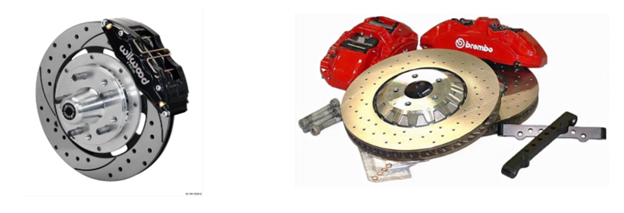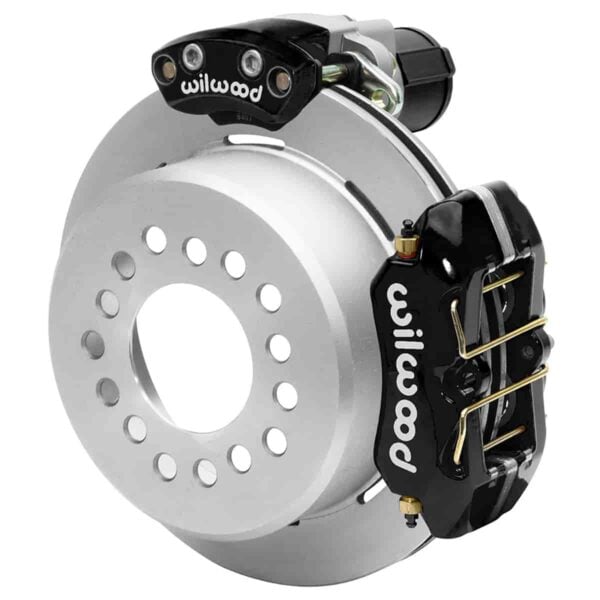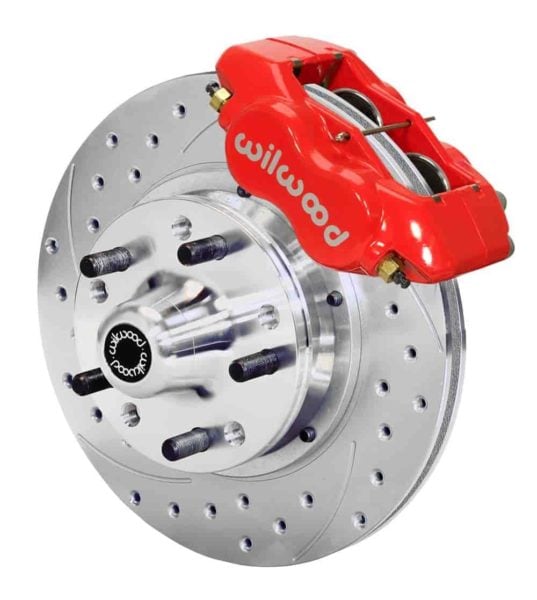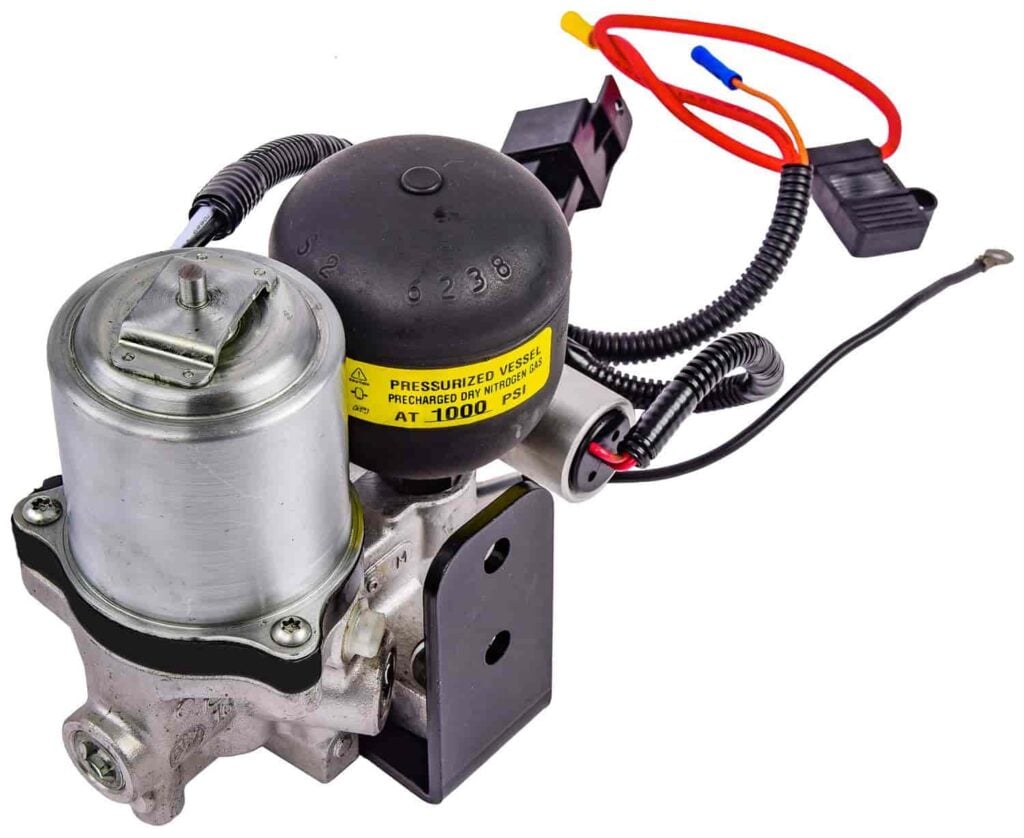
What Are Electric Powered Brakes?
Electric powered brakes are a modern alternative to traditional vacuum-powered brakes commonly found in vehicles. While vacuum-powered brakes rely on engine vacuum to assist with brake pedal effort, electric brakes utilize an electric pump and booster system to provide the necessary braking force. These systems are particularly useful for vehicles with low engine vacuum, aggressive camshafts, or forced induction setups such as superchargers or turbochargers.
One popular electric brake system is the JEGS Electric High Power Brake System. This system features a polished aluminum finish and offers easy installation and superior performance. The electric booster system can be mounted almost anywhere and eliminates the need for engine vacuum. It is an excellent choice for various vehicles, including street rods, classics, muscle cars, and hot rods.
How Do Power Brake Boosters Work?
Power brake boosters play a crucial role in assisting brake pedal effort, making braking more efficient and responsive. In traditional vacuum-powered systems, the brake booster uses engine vacuum to create a pressure differential that amplifies the force applied to the brake pedal. However, in electric brake systems, the power brake booster operates differently.
The JEGS 631250 Electric Brake Booster and Master Cylinder Combo is designed to deliver exceptional braking performance in vehicles with low engine vacuum. It features a compact and versatile booster design that allows for mounting in various locations. The system incorporates an integral relay and pressure switch, which are pre-wired, requiring only a ground connection, a 12-volt battery connection, and a keyed ignition connection.
The whisper-quiet power booster unit draws only 14 amps at maximum pressure, ensuring efficient power delivery while remaining quieter than most performance electric fuel pumps. This system incorporates a hydraulic accumulator ball that acts as a capacitor in an electrical circuit. The accumulator ball stores pressure, resulting in smooth brake actuation and providing additional reserve pressure in case of a failure in the vehicle's electrical system. This built-in safety reserve allows for 10-15 full-assist stops before the pedal gradually firms up as the pressure in the boost circuit decreases. In the event of zero pressure in the booster circuit, manual brakes become available.
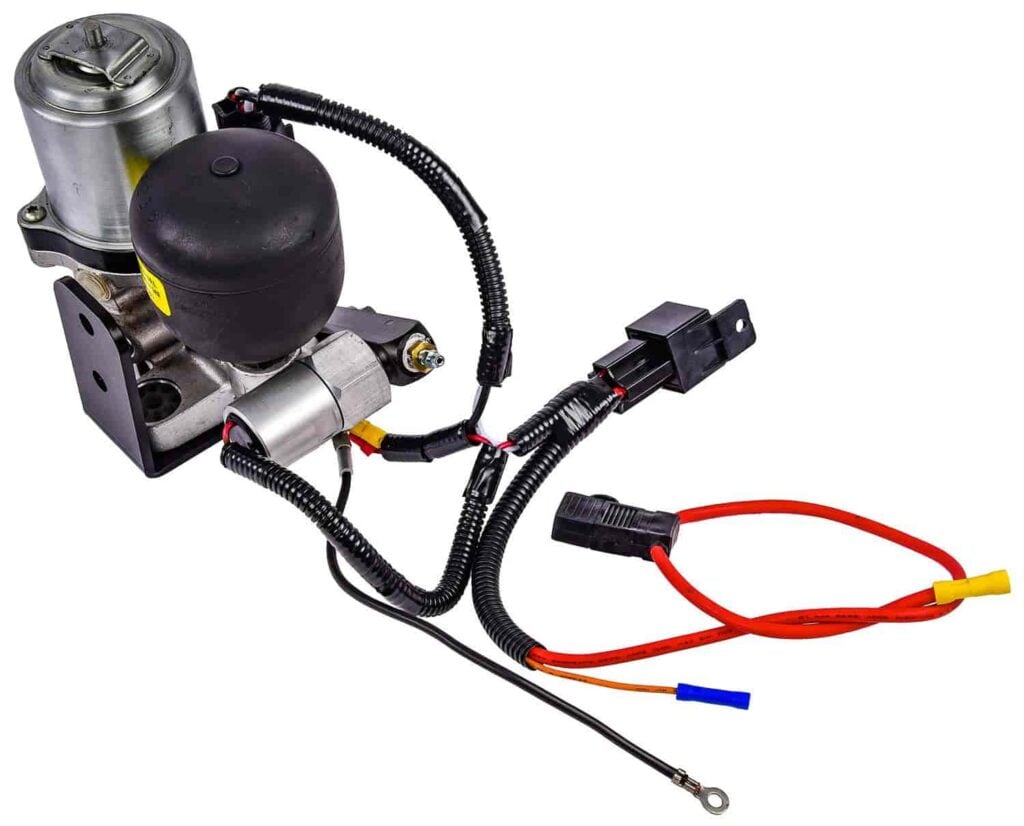
Converting Your Brakes Yourself
Converting your brakes from vacuum to electric can be a rewarding DIY project. Here are some steps to guide you through the process using the JEGS Universal Electric Brake Booster and Master Cylinder Combo:
Mounting the System
- Install the Master Cylinder: Mount the master cylinder to the firewall and connect the push rod to the brake pedal.
- Install the Electric Brake Booster: Install the electric brake booster, ensuring that it is mounted away from heat sources. It is critical to mount the booster lower than the master cylinder to facilitate proper fluid return flow.
- Make Brake Lines: Create brake lines specific to your application. Connect all lines to the appropriate ports. The master cylinder ports are 3/8 in.-24, designed for use with standard SAE 3/16 in. brake lines. Refer to the illustration provided by the manufacturer for the correct port locations. (Note: The return line and clamps are included with the system.)
- Connect Wiring: Connect the large red wire to a 12-volt battery source. Connect the tan wire to a keyed ignition source. Connect the black wire to ground.
- Thoroughly Inspect Connections: Once all connections have been made, thoroughly inspect each connection for security and proper wiring.
- Bleed the System: Bleed the brake system following the instructions below.
Bleeding the System
For the initial bleeding process, you will need two people—one to operate the brake pedal and the other at the bleeder on the wheel cylinder or caliper. Follow these steps:
- Fill the Master Cylinder: Remove the cap of the master cylinder and fill it with brake fluid, ensuring the fluid level is 1/4" from the top. Begin by bleeding the front brakes and then move to the rear brakes. Confirm that clear fluid, free of bubbles, is coming out of each bleeder. Refill the brake fluid reservoir, maintaining the level no more than 1/4" from the top. Avoid allowing the reservoir to become empty, as it would require restarting the bleeding process.
- Bleed the Pressure Valve: Attach a clear hose to the bleeder fitting on the pump pressure port to contain any excess fluid during bleeding. Loosen the pressure line bleeder and turn the ignition switch to the "on" position. Allow the pump to run until you see a continuous stream of fluid. Then, tighten the fitting and turn the ignition switch to the "off" position.
- Remove Excess Fluid and Achieve Full Pressure: Remove any excess fluid and turn the ignition on. Let the pump run until full pressure is achieved, and the pump turns itself off.
- Finalize the Bleeding Process: The system is now fully pressurized and ready. With the ignition on, apply pressure to the brake pedal and thoroughly check the entire system for any signs of leaks before test driving the vehicle.
Note: The fluid level in the master cylinder should be 1/4" from the top. Do not overfill the reservoir.
Remember to follow the manufacturer's instructions carefully throughout the conversion process. Following these steps and bleeding the system properly will ensure the safe and reliable operation of your newly converted electric brake system.
Converting from vacuum to electric brakes offers improved braking performance for vehicles with low engine vacuum or special engine configurations. Electric brake systems, such as the JEGS Electric High Power Brake System, provide easy installation, enhanced braking power, and versatile mounting options. With careful planning and the right tools, you can successfully convert your brakes to electric and enjoy the benefits of modern braking technology.

